An expedition to a tiny South American country has revealed more than 40 species that scientists believe to be new to science. The expedition to the pristine tropical forests of Suriname was led by the charity Conservation International.
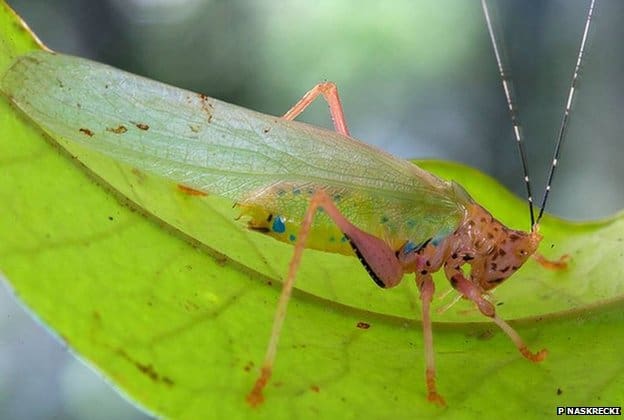
The collaboration between scientists, indigenous people and students recorded 1,300 species in total. The team is now working to confirm which of these weird and wonderful creatures are newly discovered species. Among those they believe to be new to science are the “cowboy frog”, an amphibian with white fringes along its legs, and a spur-like structure on its “heel”.
Another colourful addition to the scientific record is a a cricket, or katydid, that has been named the “crayola katydid” because of its bright colouration. One of the new finds – an armoured catfish that has bony plates covered with spines all over its body to defend itself from the giant piranhas the inhabit the same waters – was almost eaten by one of the expedition guides.

Fortunately, before the guide had a chance to tuck in, the scientists noticed the fish’s unique characteristics and preserved it as a specimen. The three-week project was part of Conservation International’s ongoing Rapid Assessment Program (RAP), which has been in progress for more than 20 years.
RAP director Dr Trond Larsen explained why this area of Suriname was so special. “As you fly into the area, you travel for 100s of mile and often [don’t] see a single road – just continuous forest,” he told BBC Nature.
“It’s one of the last places in the world where you can find that wilderness.” Dr Larsen pointed out that conservationists often focused on places that were “already on the brink”.
“We take these wildernesses for granted,” he told BBC Nature. “But unless we focus on them now, they won’t be like that for long.” The team have already helped the local people to designate an area of the forest as a “no take zone”.
The eventual plan is for this area to become a small nature reserve. This could safeguard native wildlife, ensuring that indigenous people are able to hunt sustainably, as well as encouraging ecotourism.
This article was written by Victoria Gill Science reporter, BBC Nature
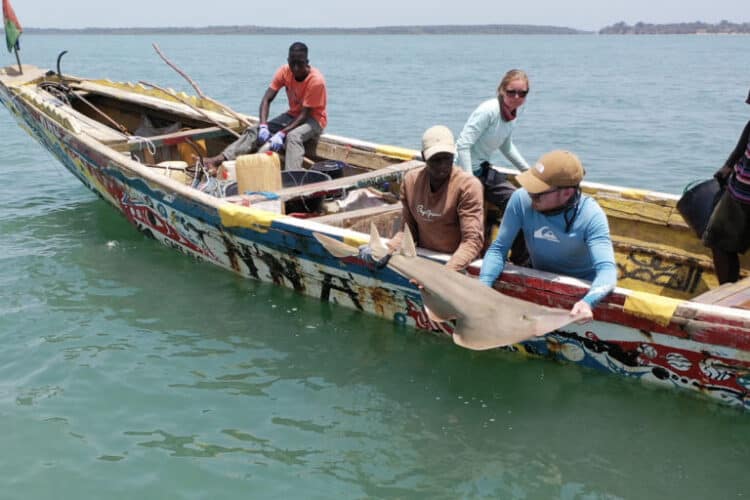

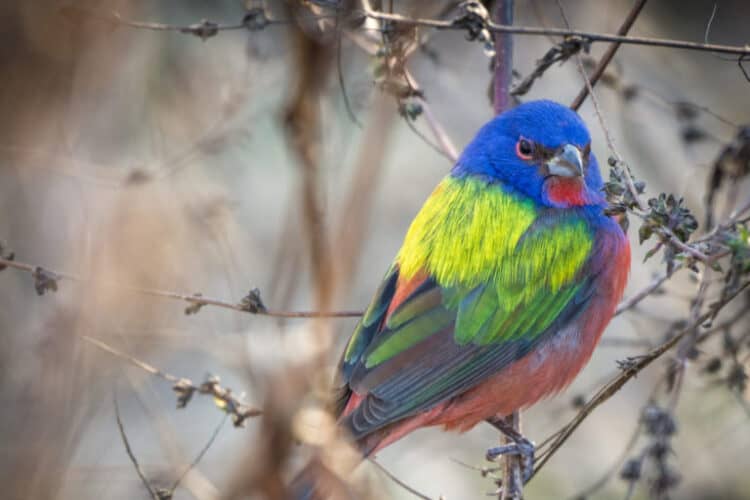
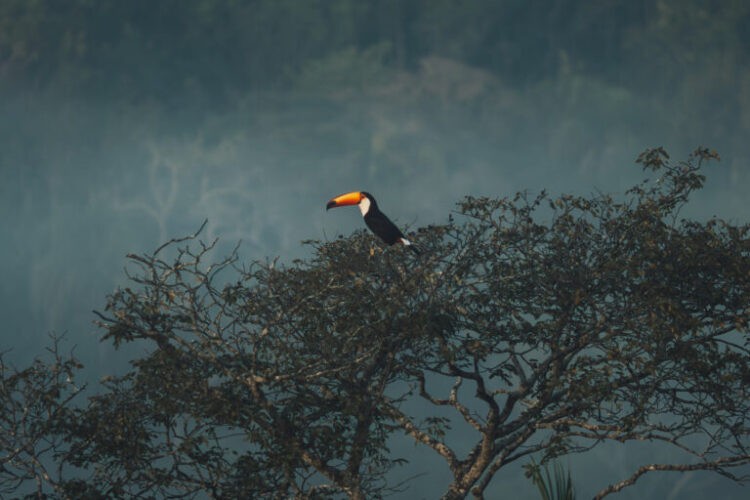
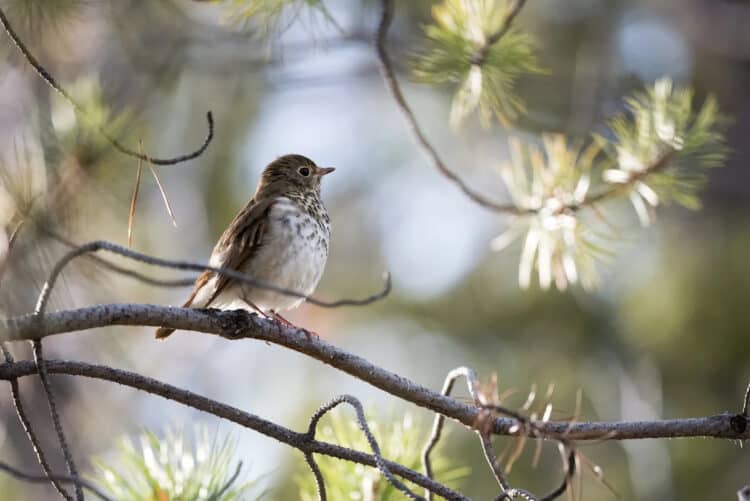
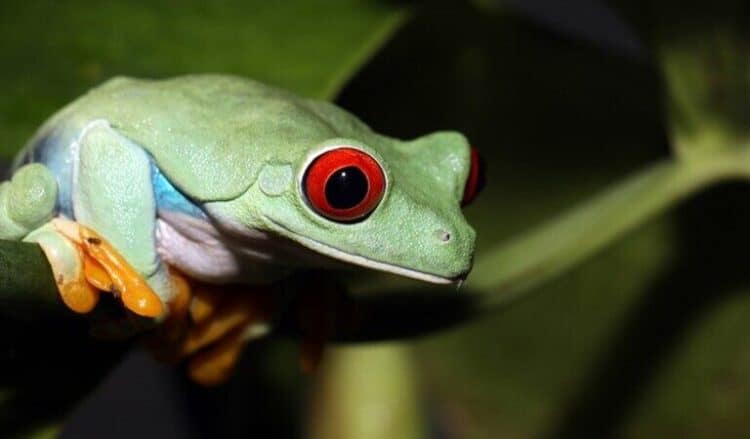
Leave a Reply